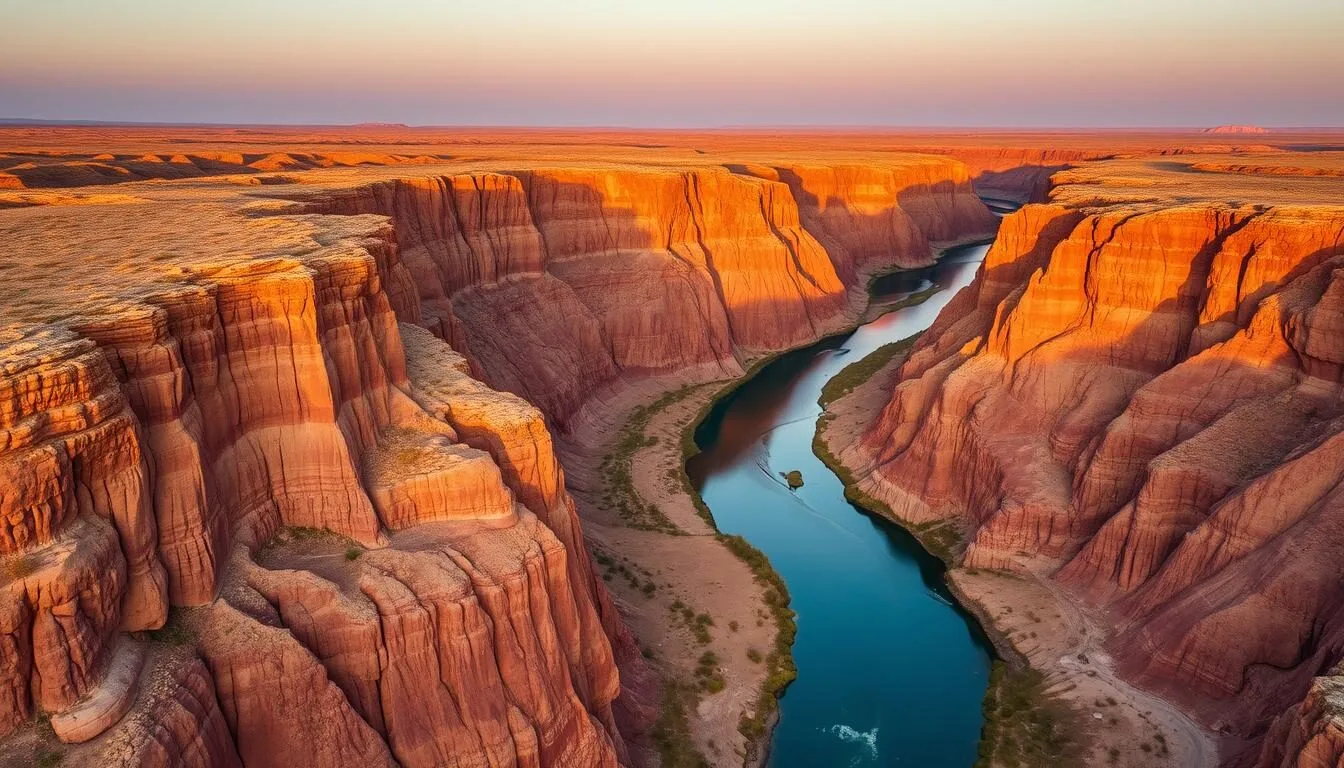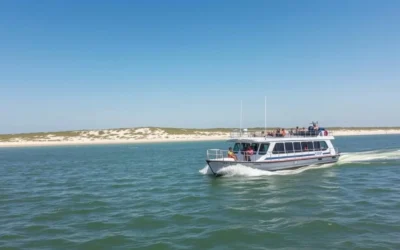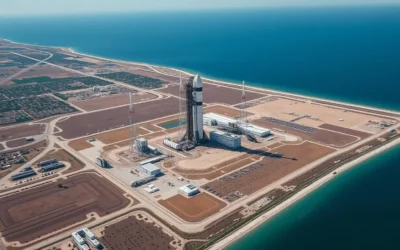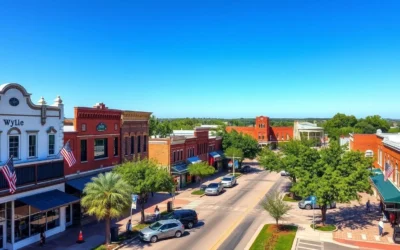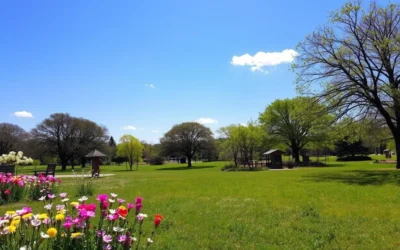The Rio Grande Wild and Scenic River stretches for an impressive 315 km (196 miles) through some of America’s most dramatic desert landscapes, making it the longest protected river corridor in the United States. This natural wonder forms the border between the United States and Mexico, carving through ancient limestone canyons that reach depths of up to 457 m (1,500 feet). Unlike many overcrowded national parks, here you can float for days through pristine wilderness and possibly not encounter another soul.
Getting There & Planning Your Journey
The Rio Grande Wild and Scenic River is remotely located in southwest Texas, with several access points depending on which section you plan to explore. Most visitors fly into either El Paso International Airport (about 330 km/205 miles west) or Midland International Air & Space Port (about 290 km/180 miles northeast) before driving to the region.
Ready to Start Your Adventure?
Find the best flight deals to Texas and start planning your Rio Grande adventure today.
The main gateway communities include Terlingua, Study Butte, and Marathon. These small towns offer limited services but serve as excellent base camps for your river adventures. For the most comprehensive experience, plan at least 3-5 days in the area to fully appreciate the river’s majesty.
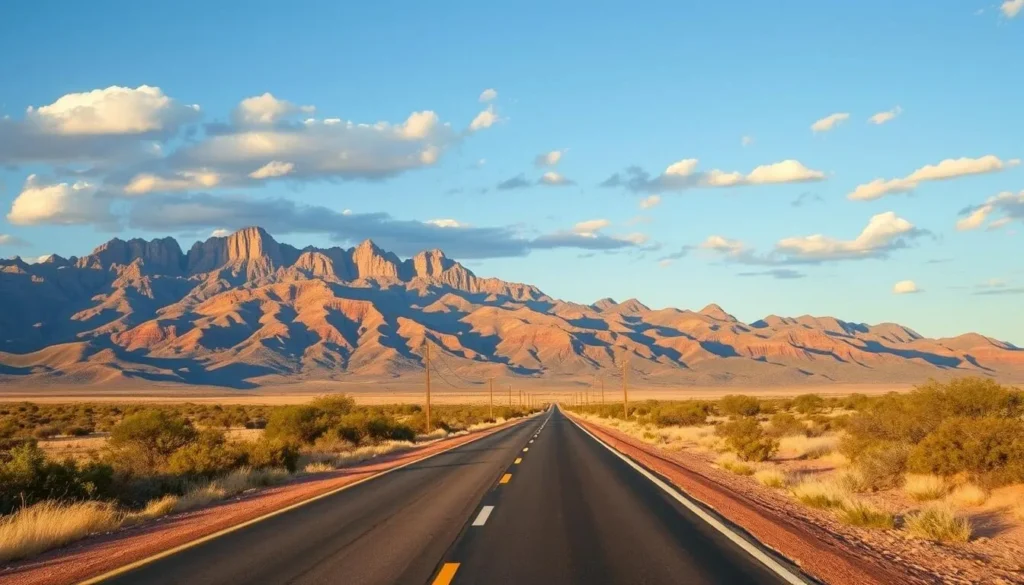
A river use permit is required for all river activities, including day trips. These can be obtained at the Persimmon Gap Visitor Center or Rio Grande Village Visitor Center in Big Bend National Park. Plan ahead as permits are limited to protect this fragile ecosystem.
Best Time to Visit & Weather Tips
The ideal time to visit the Rio Grande Wild and Scenic River is during spring (March-May) and fall (October-November) when temperatures are moderate, typically ranging from 21-29°C (70-85°F) during the day and 10-15°C (50-60°F) at night.
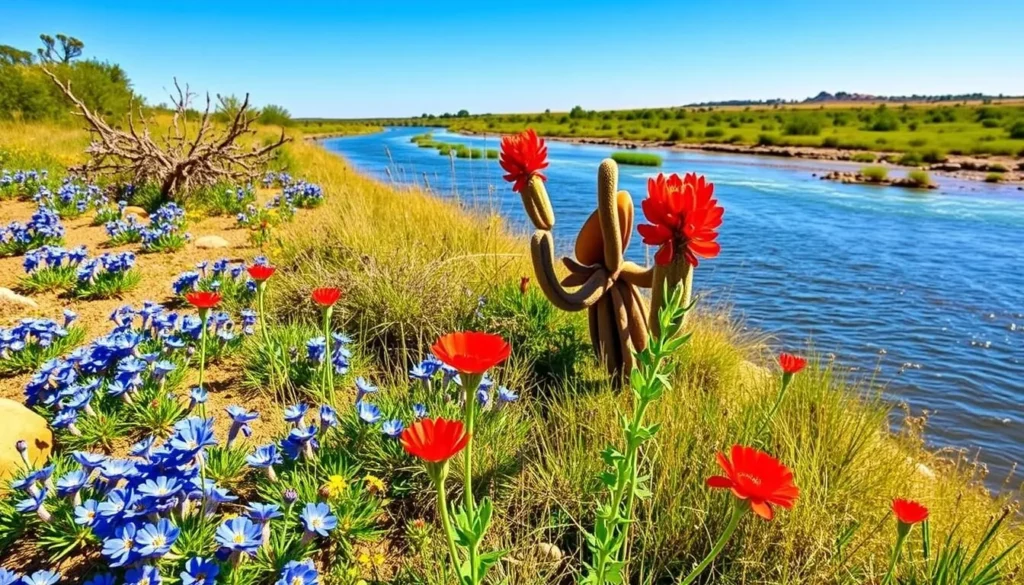
Summer (June-September) brings extreme heat with temperatures regularly exceeding 38°C (100°F), making river activities challenging and potentially dangerous. Winter (December-February) offers mild daytime temperatures around 15-21°C (59-70°F) but can drop below freezing at night.
“The river tells a different story each season. In spring, it’s alive with wildflowers and migratory birds. Fall brings crystal clear waters and perfect temperatures. Choose your season wisely.” – Local river guide
Water levels vary significantly throughout the year, affecting paddling conditions. Spring typically offers the most reliable water levels due to snowmelt from upstream mountains. Check with local outfitters or park rangers for current river conditions before your trip.
Getting Around Locally
The remote nature of the Rio Grande Wild and Scenic River means having your own transportation is essential. The nearest major towns are hours away, and public transportation is virtually non-existent in this region.
Explore at Your Own Pace
Rent a vehicle with high clearance to navigate the rugged terrain around the Rio Grande.
Many access points to the river require driving on unpaved roads, so a high-clearance vehicle is recommended, especially if you plan to reach more remote put-in locations like Talley or La Linda. Four-wheel drive becomes necessary after rain or for accessing Mariscal Canyon.

For river trips, you’ll need to arrange shuttle services to transport you back to your starting point. Local outfitters in Terlingua and Study Butte offer these services, typically charging $75-150 depending on distance.
Where to Stay
Accommodations near the Rio Grande Wild and Scenic River range from primitive camping to comfortable lodges. Your choice depends on your preferred level of comfort and proximity to river access points.
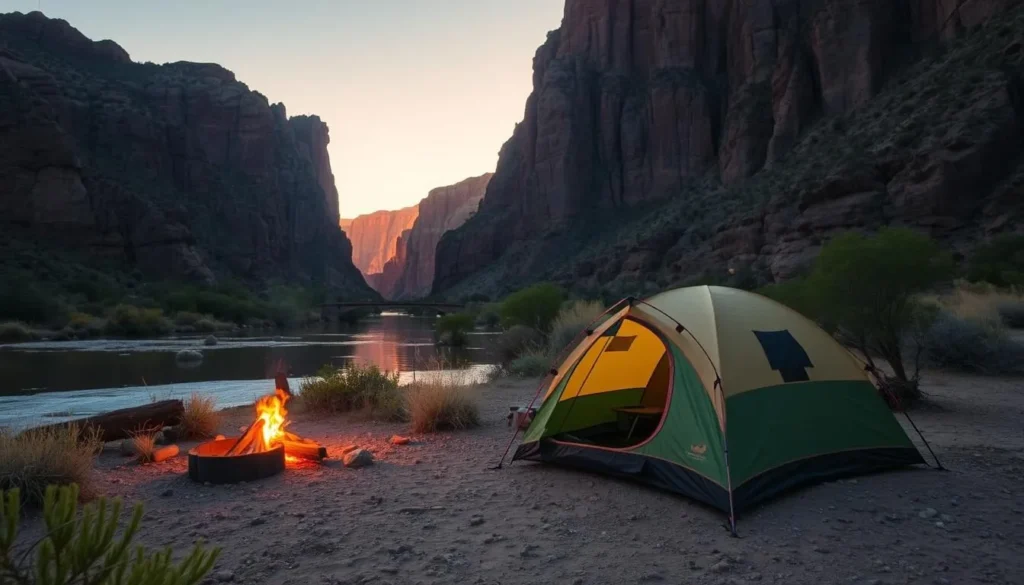
Riverside Camping
For the most authentic experience, backcountry camping along the river is permitted with proper permits. These primitive sites offer no facilities but provide unparalleled solitude and stargazing.
Developed Campgrounds
Rio Grande Village Campground in Big Bend National Park offers sites with basic amenities including restrooms, drinking water, and picnic tables. Sites cost $16 per night and can be reserved in advance.
Lodging Options
The towns of Terlingua and Study Butte offer a range of accommodations from rustic cabins to desert casitas. Chisos Mountains Lodge in Big Bend National Park provides comfortable rooms with restaurant access.
Find Your Perfect Stay
From riverside camping to comfortable lodges, book your accommodations near the Rio Grande Wild and Scenic River.
Dining & Local Cuisine
The remote location means dining options are limited but offer authentic flavors of the borderlands. The small communities surrounding the river serve up a delicious blend of Texan and Mexican cuisines.

In Terlingua, don’t miss the Starlight Theatre Restaurant, housed in a former movie theater from the mining days. Their famous chili and prickly pear margaritas are local favorites. The Chili Pepper Cafe offers excellent breakfast burritos to fuel your river adventures.
For river trips, you’ll need to pack all your food and cooking equipment. Local outfitters can provide meal planning services or pre-packaged meals suitable for multi-day river journeys. Remember to pack out all trash as there are no facilities along the wild sections of the river.
Local Tip: Stock up on supplies in Alpine or Marathon before heading to the river area. Grocery options are extremely limited in Terlingua and Study Butte, with higher prices due to the remote location.
Attractions, Sightseeing & Activities
The Rio Grande Wild and Scenic River offers a wealth of outdoor adventures, with river activities being the main attraction. From leisurely floats to challenging whitewater, there’s something for every skill level.
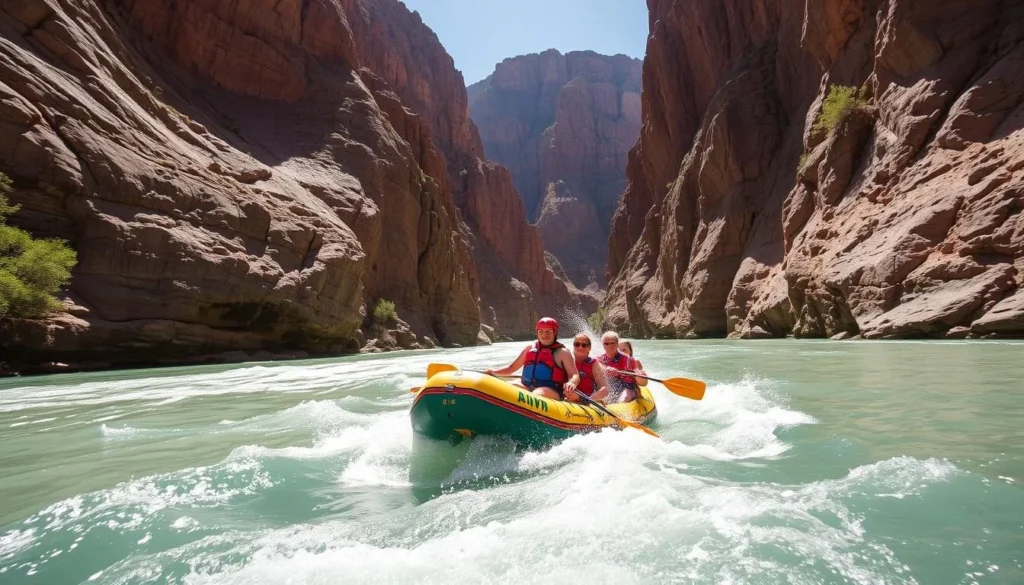
Popular River Sections
Santa Elena Canyon
Though technically not part of the Wild and Scenic designation, this 13 km (8 mile) stretch features towering 457 m (1,500 foot) limestone walls and is the most accessible canyon for day trips. Class II-III rapids provide excitement for beginners and intermediates.
Boquillas Canyon
This 33 km (20 mile) section offers a more relaxed paddling experience with stunning scenery and opportunities to spot wildlife. The canyon walls reach heights of 396 m (1,300 feet) and feature ancient pictographs.
Mariscal Canyon
The most remote and narrowest of the major canyons, Mariscal offers true wilderness solitude. This 16 km (10 mile) section requires more planning but rewards paddlers with dramatic scenery and pristine conditions.
Experience the River’s Magic
Book guided rafting trips, canoe rentals, or multi-day expeditions with experienced local outfitters.
Beyond the River
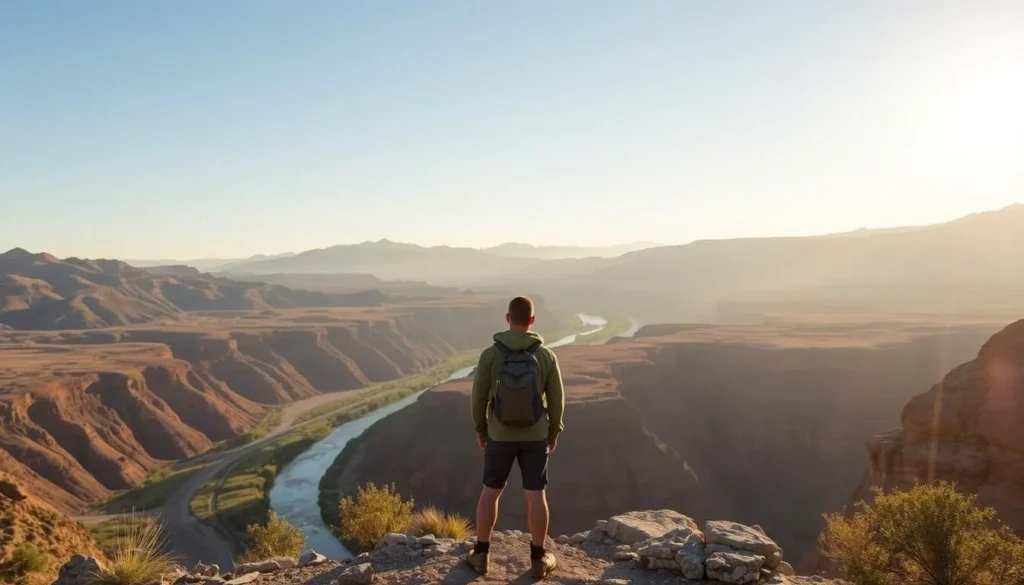
While the river is the main attraction, the surrounding landscape offers plenty to explore:
Cultural Heritage & History
The Rio Grande Wild and Scenic River has been a cultural crossroads for thousands of years. Evidence of human habitation dates back over 10,000 years, with numerous archaeological sites throughout the region.

Indigenous peoples including the Jumano, Apache, and Comanche lived along the river for centuries before European contact. Spanish explorers arrived in the 16th century, followed by missionaries, miners, and ranchers who established communities along the river’s fertile banks.
The river’s designation as a Wild and Scenic River came in 1978, protecting 191.2 miles of the river in Texas. This designation helps preserve both the natural environment and the cultural heritage of this unique borderland region.
“The river doesn’t recognize borders. For thousands of years, it has been a meeting place, not a dividing line.” – Local historian
Visit the Barton Warnock Visitor Center in Lajitas to learn more about the natural and cultural history of the region through interpretive exhibits and guided programs.
Practical Travel Tips
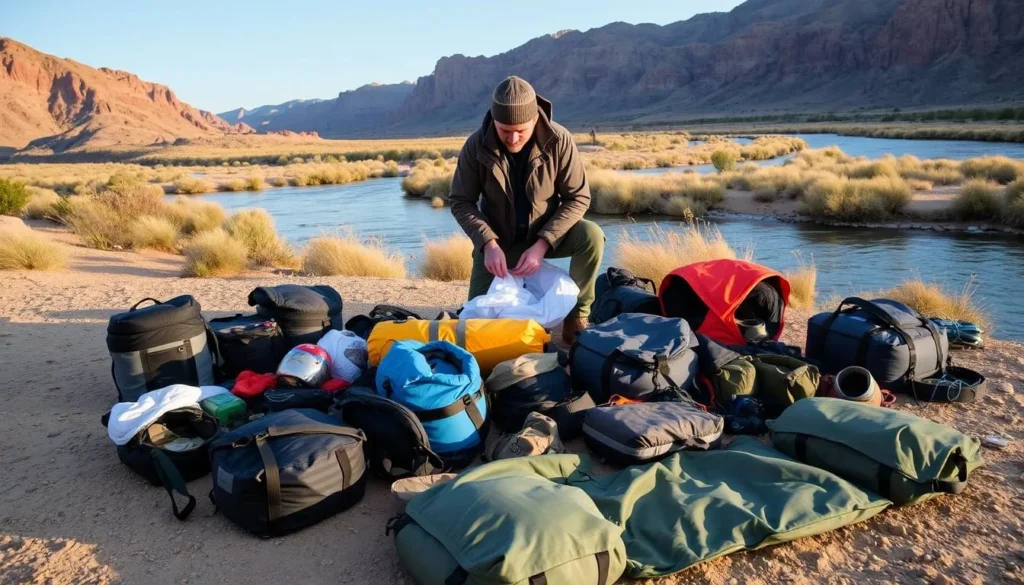
Safety Considerations
River Safety: Always wear a personal flotation device (PFD) while on the river. Check water levels and weather forecasts before departing. Flash floods can occur with little warning, even when skies are clear at your location.
What to Pack
River Essentials
Camping Gear
Your Rio Grande Adventure Awaits
The Rio Grande Wild and Scenic River offers a rare opportunity to experience one of America’s most pristine river corridors. From thrilling rapids to serene floats through towering canyons, this natural wonder provides adventures that will stay with you long after you’ve returned home.

Whether you’re an experienced river runner seeking wilderness solitude or a first-time paddler looking to explore gentle waters, the Rio Grande offers experiences for every skill level. The combination of dramatic landscapes, rich cultural heritage, and abundant wildlife makes this destination truly unique in the American Southwest.
Begin Your Rio Grande Journey
From flights and accommodations to guided river experiences, start planning your unforgettable adventure today.
The above is subject to change.
Check back often to TRAVEL.COM for the latest travel tips and deals.
